Android Central Verdict
After a few hiccups with the Galaxy S22, Samsung returns to form with the Galaxy S23. The new Snapdragon 8 Gen 2 for Galaxy provides all the power we could ever need, while the extra battery capacity can alleviate any anxiety about being away from a charger. However, it's not all great, and there are some changes (or lack there of) that keep this from being a perfect small flagship.
Pros
- +
The Snapdragon 8 Gen 2 performs like a beast
- +
Battery life is great
- +
Bright, gorgeous AMOLED display
- +
Great software additions with One UI 5.1
- +
Long software support
Cons
- -
Boring design and colors
- -
Wired charging remains at 25W
- -
Decent yet inconsistent camera quality
- -
A bit pricey
- -
Not much has changed from the S22
Why you can trust Android Central
As flagship phones go, the baby Galaxy S23 is probably the least interesting of Samsung's newest flagship trio, but it's also the phone with the most to gain. Its predecessor was great, but its few flaws were notable enough that almost any improvements were enough to get excited about.
With the Galaxy S23, Samsung doesn't rock the boat very much, giving us a simple new design but with many of the same specs, features, and cameras as the Galaxy S22. That means no 200MP camera like the Galaxy S23 Ultra or even a 108MP sensor like its predecessor. However, with the few changes Samsung does make, it brings the very improvements we were hoping for, mainly thanks to a new, efficient Snapdragon chipset that everyone can experience.
So did Samsung finally give us the perfect small flagship? Well, not quite, but the Galaxy S23 comes pretty close.
About this review
Prior to publishing this review, I used the Galaxy S23 for a week on the AT&T network throughout Seattle, Washington.
The phone was used on the same software that it shipped with, with One UI 5.1 (Android 13) and the January 1 Android security patch level.
AT&T provided the Galaxy S23 to Android Central for review and did not receive a copy of this review prior to its publication.
Samsung Galaxy S23: Price & availability

Samsung announced the Galaxy S23 series on February 1. The phone went on sale on February 17, priced at $799.99 for the 8/128GB model. The 8/256GB model is also available for $859.99.
Get the latest news from Android Central, your trusted companion in the world of Android
The Galaxy S23 is available in four primary colorways available across carriers and retailers. You can pick up the phone in Phantom Black, Cream, Lavender, and green. You can also pick up exclusive colorways on samsung.com, including Graphite and Lime.
Samsung Galaxy S23: Hardware and design

Regarding design, Samsung seems to have taken a step back with the S23. Previous flagship generations included a camera island of some kind, but Samsung did away with that for 2023. The result is a clean, flat rear panel that's only interrupted by three slightly protruding camera modules. It's not the most interesting design I've seen from the company, and I've already written about how I think the new design language is dull but effectively consistent. It's a boring design, but I like it. Maybe that's because I'm boring.
I admittedly don't like any of the color options Samsung included with the phone. None of them spark joy and only seem to add to the boring factor. My unit is Lavender, which is often more of a pink hue than anything (how companies choose to name their colors, I will never understand). It looks fine, but I wish Samsung had come up with more interesting colorways like last year's blue-ish green or the Burgundy Galaxy S22 Ultra.
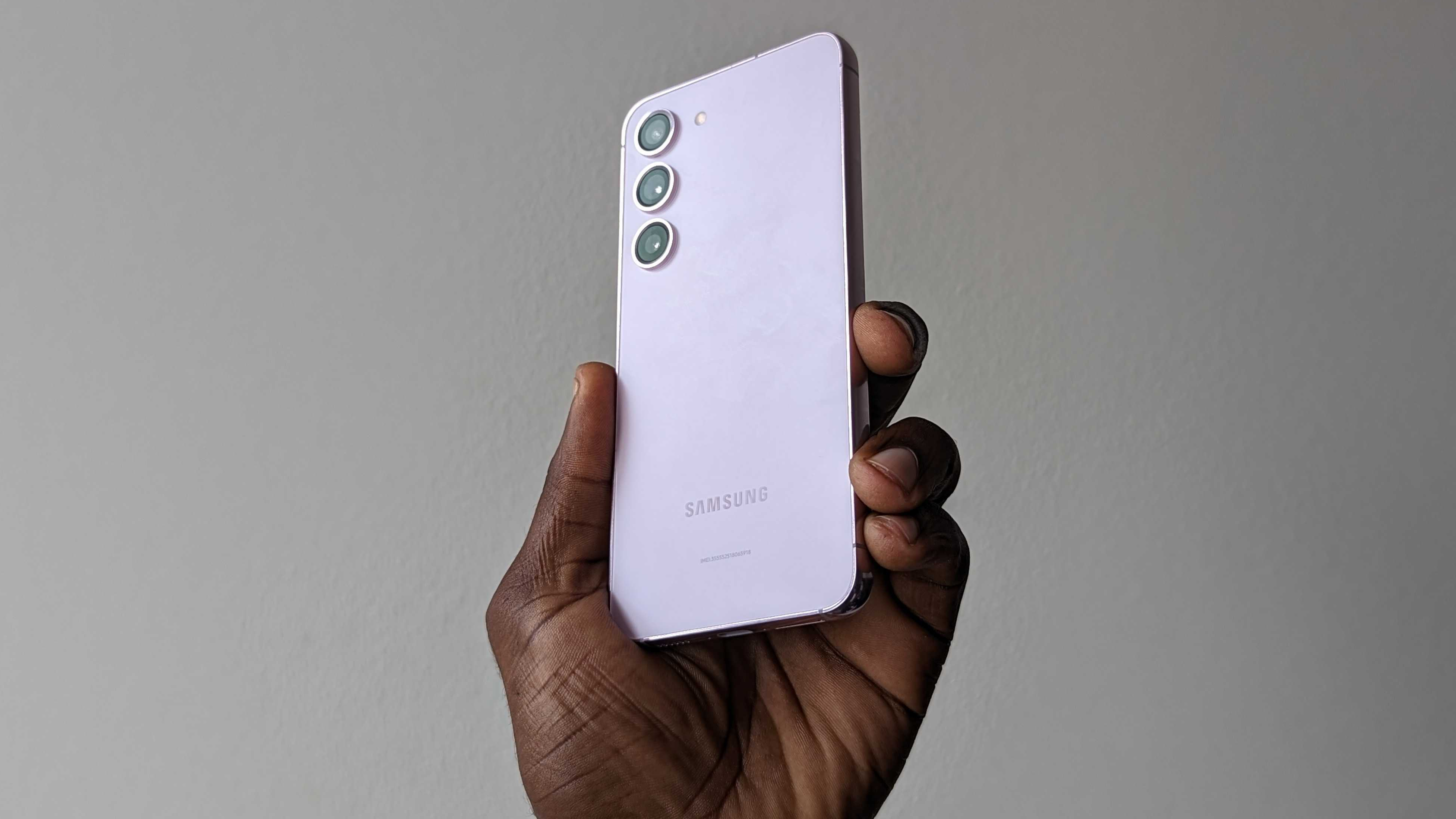
The phone keeps the same flat-ish aluminum frame and soft frosted glass back as its predecessor, although now it's reinforced with the new Gorilla Glass Victus 2 for added protection. Like the Galaxy S22, the phone is incredibly soft and has a nice heft to it. In fact, the two phones are so similar in both design and build that you would barely be able to tell the difference in hand, apart from the rear cameras.
Speaking of the rear cameras, one problem I was particularly worried about with the new design was dust. Nick Sutrich often complains about the build-up of dust and dirt around the camera modules on the Galaxy S22 Ultra (see: below), so I figured I'd run into the same problem with this new design on the S23.
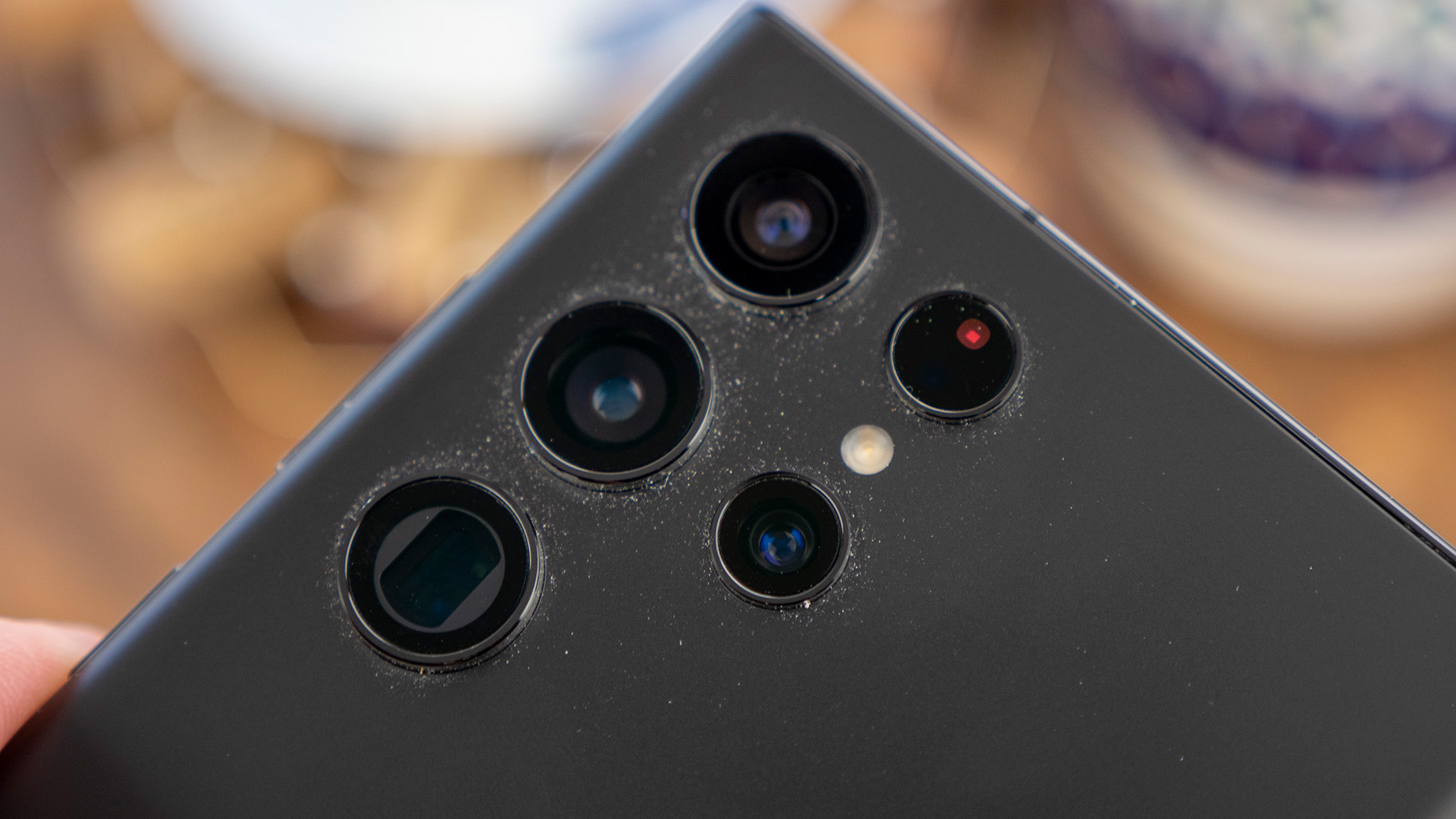
Fortunately, I haven't noticed any of that in my time with the phone. I'm not sure if it's because I use a case much of the time, but I'm still pleasantly surprised at how clean they've remained, considering how dusty my apartment gets. This could be a good case for why you should pick up a Galaxy S23 case.
| Category | Samsung Galaxy S23 |
|---|---|
| Software | One UI 5.1 (Android 13), four OS upgrades, five years of security updates |
| Display | 6.1-inch Dynamic AMOLED 2X Display (1080x2340), 120Hz refresh rate (48-120Hz), Up to 1,750 nits |
| Chipset | Snapdragon 8 Gen 2 for Galaxy |
| Storage | 128GB, 256GB |
| RAM | 8GB |
| Rear Camera 1 | 50MP Wide-angle, f1.8, 1.0μm (12MP 2.0μm), 85° |
| Rear Camera 2 | 12MP Ultrawide, f2.2, 1.4μm, 120° |
| Rear Camera 3 | 10MP Telephoto (3x), f2.4, 1.0μm, 36° |
| Front-facing Camera | 12MP, f2.2, 1.12μm, 80° |
| Connectivity | 5G (sub-6, mmWave), Bluetooth 5.3, NFC, Wi-Fi 6E |
| Security | Ultrasonic Fingerprint sensor, Face Unlock |
| Battery & Charging | 3,900mAh, 25W wired, 15W wireless, 4.5W reverse wireless |
| Protection | IP68, Gorilla Glass Victus 2 |
| Dimensions & Weight | 70.86 x 146.3 x 7.62mm, 168.1g |
| Colors | Phantom Black, Cream, Green, Lavender, Graphite, Lime |
The more significant changes can be found on the inside. The phone is powered by the Snapdragon 8 Gen 2, Qualcomm's latest and greatest flagship SoC. Samsung also worked with Qualcomm to slap a "for Galaxy" on the name, giving the phone an exclusive boost in CPU performance, but more on that later.
Aside from the new chipset, the internals are also nearly identical to the S22. However, one noticeable change is the battery capacity, which has now been increased to 3,900mAh. Samsung also upped the resolution of the selfie camera to 12MP and gave the phone a much brighter display at 1,750 nits. While I normally don't care much about brightness and didn't have any issue with the 1,300 nits on the S22, I could really tell the difference with the added brightness on the S23, especially when outside.
Samsung Galaxy S23: Software
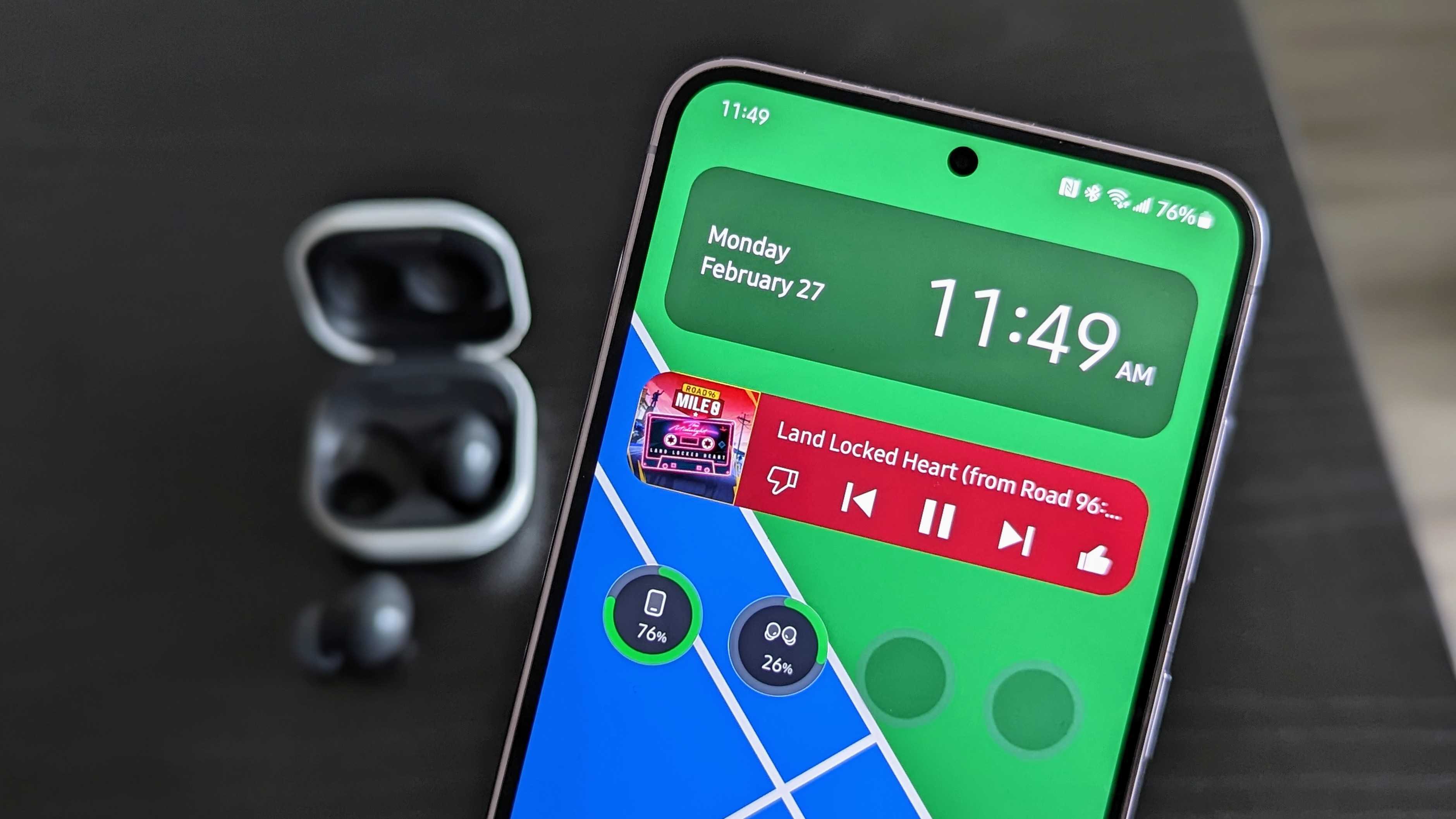
Samsung's flavor of Android has been my favorite for the past few years. One UI 5 refines what made One UI 4 great, keeping things fairly minimal and compact. With the Galaxy S23 series, Samsung pushes the needle slightly with the new One UI 5.1 update, which is kind of like Samsung's version of a feature drop.
There are many new features with One UI 5.1, more than I've had time to familiarize myself with in the week that I've played with the Galaxy S23. Many of the changes, while small, are quite handy, and others are much more useful.
Perhaps my favorite new feature is the Image Clipper. The feature is part of the gallery app and allows you to press and hold an image while the AI does its magic to separate the subject from the background. You can copy, share, or save the cutout as a separate image, which is great for people like me who enjoy making memes.
The gallery also has other cool features, such as a new GIF Remaster that enhances low-resolution GIFs, similar to the standard Image Remaster feature.
Speaking of, Image Remaster takes some of my favorite Gallery features from the Object Eraser and uses them to improve an image by removing shadows and reflections, which can save you some time. And swiping up on a photo or video will now give you a lot more information about the photo, such as the device used to capture the image, the date and time it was taken, location, camera parameters, and more.
There's a lot to like about One UI 5, especially with the latest .1 update.
The settings app now gives users suggestions, which I find convenient for people who may not know how to use their phone's full potential. The Galaxy S23 also borrows from the Pixel series with some new One UI 5.1 features like Bixby Text Call, which is basically Samsung's version of the Google Assistant Call Screen, but with the added benefit of being able to text your own responses. The new battery widget shows the phone's battery levels and other connected devices like my Galaxy Watch 5 and Galaxy Buds 2.
Overall, One UI 5.1 adds plenty of features that I don't really need, but now that I have them, I can't imagine going back. And the best part is that most of these features are coming to older Galaxy phones as the One UI 5.1 update continues rolling out across devices and regions.
I should also mention that the S23 will take advantage of Samsung's fantastic software promise, meaning four major OS upgrades and five years of software updates. That means you'll get Android 17 and an extra year of security updates, which could include additional features.
Samsung Galaxy S23: Performance and battery life

When Qualcomm launched the Snapdragon 8 Gen 2, I was curious to see how this chip would perform. Given the performance and thermal issues Samsung faced with the previous chip, I leveled my expectations of the S23. I was skeptical about whether or not the chip would provide the power and efficiency I so desired. However, I'm happy to say that the Snapdragon 8 Gen 2 for Galaxy has allayed my fears.
The Snapdragon 8 Gen 1 was no slouch, but I can tell that this is better. Everything is super snappy, and the phone runs much cooler than the Galaxy S22, which would get pretty hot if I found myself juggling apps. Not with the Galaxy S23. It stays fairly cool, even when playing graphics-intensive apps like Nier Reincarnation, Gyee, and Genshin Impact, and performance is relatively smooth playing at 60fps. It will get a little warm playing at the highest settings, but it doesn't seem to get nearly as hot as the S22. And that's not even the best part.
The Snapdragon 8 Gen 2 powers through games with ease while providing the efficiency to get through a day of use.
One of my biggest gripes about the Galaxy S22 was battery life, and I'm happy to report that the mere 200mAh bump in battery capacity has made a world of difference. I can actually get through an entire workday without needing to charge the phone, which is impressive since I usually start my day at 5 am. In my week of use, I typically average about a full day and am only regulated to charge the phone before going to bed around 10 pm.
With the slight battery increase and more efficient chipset, Samsung and Qualcomm worked wonders with the Galaxy S23, giving it the power and longevity one might not expect from a small phone. And thanks to their partnership, the phone ships globally with the Snapdragon 8 Gen 2 for Galaxy, so everyone gets to experience the best that Snapdragon has to offer on the Galaxy S23.
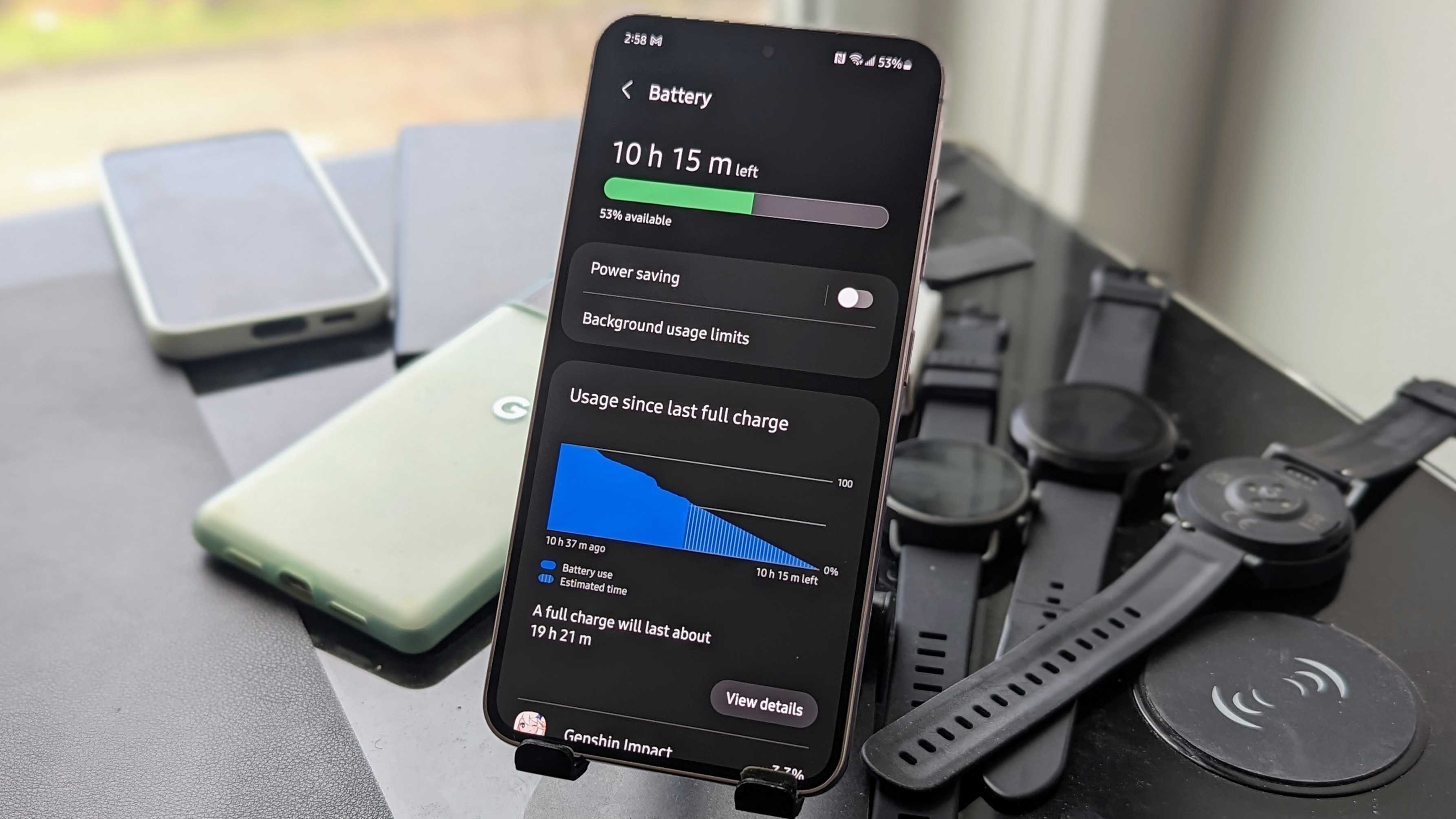
I just wish Samsung would do something about its charging speed. Many of the best Android phones are crashing through the ceiling with new top speeds over 100W, bringing their phones to a full charge in mere minutes. With the Galaxy S23, Samsung keeps things at 25W for wired charging, which is… okay. From 1%, the phone can reach half a charge in just 30 minutes, while a full charge seems to take over an hour. The 15W wireless charging also isn't anything to run home about.
We've already got the battery life down, now we just need to do something about charging.
Samsung Galaxy S23: Cameras

One area I'm not too impressed with is the camera performance. I'm not quite sure what happened here since the company is using the same rear sensors as its predecessor. However, the Galaxy S23 is often very aggressive in its processing, punching up the colors and contrast way more than they need to be, particularly on the primary 50MP sensor.
The result can be a little jarring at times, especially when compared to the Galaxy S22. However, at other times, it can be pleasant. I like that the cameras don't overexpose as often, and I can actually get some detail in shots where the sky is visible. The telephoto and ultrawide cameras also perform similarly, and I don't feel like the quality degrades when switching lenses. Night shots are still pretty good, and Samsung often keeps things bright even when Night Mode is turned off.












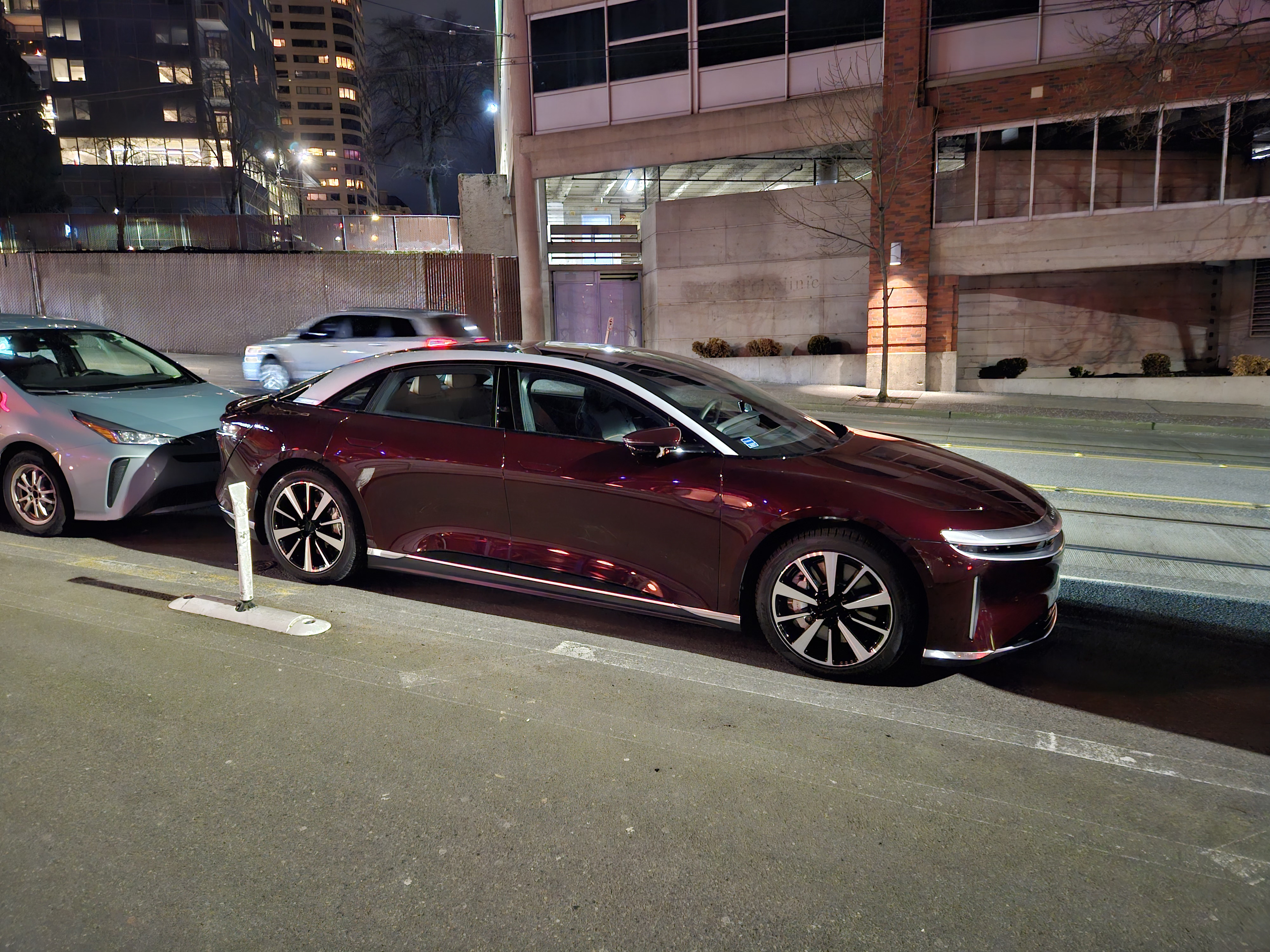



Samsung's downfall continues to be shutter speed, which can often result in blurry shots or missed moments. The company updates the Camera Assistant app to help alleviate this, but it still doesn't seem to quite get the job done.
Still, Samsung gives you plenty of tools to help you customize your camera experience so you can get the shot you want, and that's something I continue to appreciate with the Galaxy S23. Aside from Camera Assistant, you also get manual photo and video modes, and the Expert RAW app is now accessible from the main camera for extra features like the awesome Astrophoto mode.
Video continues to impress, and Samsung has bumped up its capabilities with 8K30fps. Most people will tell you 8K is overkill, and I agree. Still, the footage is smooth, and I haven't noticed any dropped frames, although videos get the same punched-up colors as photos.
One area of improvement is Samsung's portrait mode, something that Sutrich also points out in his Galaxy S23 Ultra camera review. When capturing photos, the phone does a great job of separating the subject from the background and making the artificial bokeh more natural. It also seems to do a better job of capturing inanimate objects, which I really appreciate.
Selfies also get a nice upgrade with the new 12MP front-facing camera and benefit from the same great portrait mode. You can also adjust how you want the phone to take selfies, whether you want them warmer or cooler.
Samsung Galaxy S23: Competition
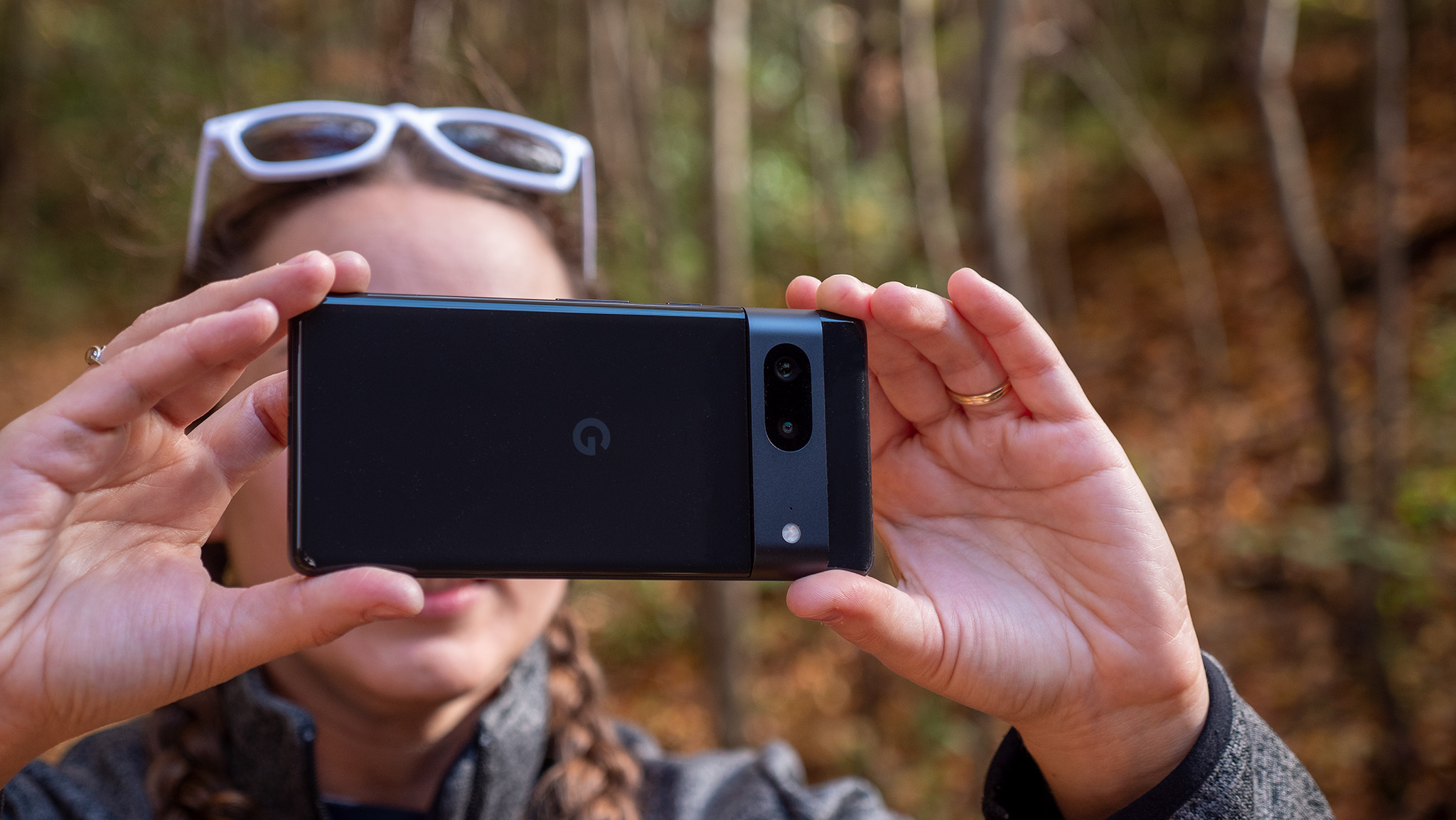
The Pixel 7 is probably the closest competitor to the Galaxy S23, and for a good reason. Google's flagship has a sleek design, a fast Tensor chipset, and a great set of cameras that do all the work for you. Plus, it'll get many Android updates and features first. However, the phone misses out on a telephoto lens, and the display isn't as smooth as the S23. It also has a lower-resolution selfie camera and gets fewer OS upgrades.
The OnePlus 11 is another great option, also powered by the latest Snapdragon 8 Gen 2. We love the design, camera performance, long battery life, and super-fast charging. It's also priced very competitively, making it a great value flagship. However, that lower price comes with some compromises, like the lack of wireless charging, a 2x optical zoom telephoto camera, and no carrier availability in the U.S. (although it supports U.S. carriers).
The Xiaomi 13 may also be a compelling option. It has a great design; at first glance, you could almost mistake it for an iPhone. It has a 50MP triple camera setup, up to 12GB of RAM, a relatively large 4,500mAh battery with 67W charging, and it's powered by the Snapdragon 8 Gen 2. Sounds good, right? Unfortunately, despite the recent global launch of the Xiaomi 13 and Xiaomi 13 Pro, the phones don't appear to be headed to the U.S.
Samsung Galaxy S23: Should you buy it?

You should buy this if...
- You prefer smaller phones
- You want a phone that will get you through the day
- You prefer vibrant, colorful photos
You shouldn't buy this if...
- You already have the Galaxy S22
- You want super-fast wired charging
- You're looking for an inexpensive phone
There's no such thing as a perfect phone, but every year, Samsung gets even close to hitting the mark with its baby flagship. Last year, the company had some hurdles to overcome, but the company proved that it was listening to user feedback and gave us the improvements we were hoping for.
The Galaxy S23 crams a lot of power into a small body, and it manages that power quite well. Performance is stellar and battery life is much improved. There's a lot to like about the Galaxy S23, so much so that I'm disappointed we didn't get the same level of improvements with the Galaxy S22.
I'm not a huge fan of the cameras, but they're still good and definitely not a deal breaker in my eyes. And there's definitely plenty more I would like to see in future models, like faster charging and a bolder design, but the Galaxy S23 is a step in the right direction and a return to form for Samsung's baby flagship.
If you're rocking the Galaxy S22, it may not be worth upgrading, unless you really need that extra battery life. Otherwise, this is a phone I would recommend to anyone looking for a pocketable flagship. That is, if you're not put off by the price tag.

The Galaxy S23 is a fantastic option for anyone looking for a small flagship phone. The 6.1-inch display is gorgeous and bright, even outdoors, and the new Snapdragon chip gives you plenty of power and efficiency. It also has a larger battery to help you get through the day with ease.

Derrek is the managing editor of Android Central, helping to guide the site's editorial content and direction to reach and resonate with readers, old and new, who are just as passionate about tech as we are. He's been obsessed with mobile technology since he was 12, when he discovered the Nokia N90, and his love of flip phones and new form factors continues to this day. As a fitness enthusiast, he has always been curious about the intersection of tech and fitness. When he's not working, he's probably working out.


